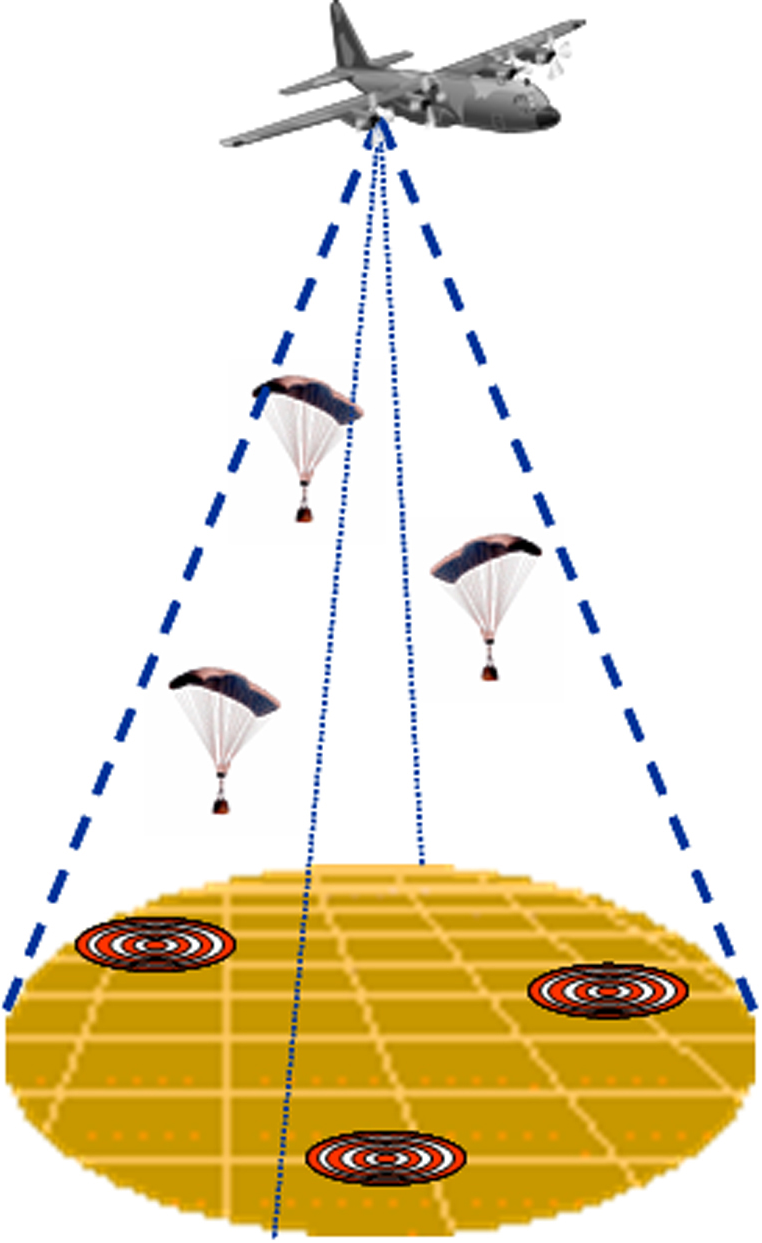|
Advanced Concept Technology Demonstration
An Advanced Concept Technology Demonstration enables the evaluation of mature advanced technology for usage by the United States military. These demonstrations allow technology evaluation earlier and cheaper than is possible through the formal acquisition of new production capabilities. They must be sponsored by an operational user with approval and oversight from the Deputy Under Secretary of Defense for Advanced Systems and Concepts. None have been initiated since 2006, when the deputy under secretary initiated the follow-on Joint Concept Technology Demonstration program to emphasize multiservice technology development and improved planning for transition to operations. Programs The following programs were completed under the Advanced Concept Technology Demonstration framework * Global Hawk * DarkStar * JPADS The Joint Precision Airdrop System (JPADS) is an American military airdrop system which uses the Global Positioning System (GPS), steerable parachutes, and an onboard co ... [...More Info...] [...Related Items...] OR: [Wikipedia] [Google] [Baidu] |
Global Hawk
The Northrop Grumman RQ-4 Global Hawk is a high-altitude, remotely-piloted surveillance aircraft of the 1990s–2020s. It was initially designed by Ryan Aeronautical (now part of Northrop Grumman), and known as Tier II+ during development. The RQ-4 provides a broad overview and systematic surveillance using high-resolution synthetic aperture radar (SAR) and electro-optical/infrared (EO/IR) sensors with long loiter times over target areas. It can survey as much as of terrain per day, an area the size of South Korea or Iceland. The Global Hawk is operated by the United States Air Force (USAF). It is used as a high-altitude long endurance (HALE) platform covering the spectrum of intelligence collection capability to support forces in worldwide military operations. According to the USAF, the superior surveillance capabilities of the aircraft allow more precise weapons targeting and better protection of friendly forces. Cost overruns led to the original plan to acquire 63 aircra ... [...More Info...] [...Related Items...] OR: [Wikipedia] [Google] [Baidu] |
RQ-3 DarkStar
The RQ-3 DarkStar (known as Tier III- or "Tier three minus" during development) is an unmanned aerial vehicle (UAV). Its first flight was on March 29, 1996. The Department of Defense terminated DarkStar in January 1999, after determining the UAV was not aerodynamically stable and was not meeting cost and performance objectives. Design and development The RQ-3 DarkStar was designed as a "High-Altitude Long Endurance, high-altitude endurance UAV", and incorporated stealth aircraft technology to make it difficult to detect, which allowed it to operate within heavily defended airspace, unlike the Northrop Grumman RQ-4 Global Hawk, which is unable to operate except under conditions of air supremacy. The DarkStar was fully autonomous: it could take off, fly to its target, operate its sensors, transmit information, return and land without human intervention. Human operators, however, could change the DarkStar's flight plan and sensor orientation through radio or satellite relay. The R ... [...More Info...] [...Related Items...] OR: [Wikipedia] [Google] [Baidu] |
JPADS
The Joint Precision Airdrop System (JPADS) is an American military airdrop system which uses the Global Positioning System (GPS), steerable parachutes, and an onboard computer to steer loads to a designated point of impact (PI) on a drop zone (DZ). The JPADS family of systems consists of several precision airdrop systems, ranging from extra light to heavy payloads. JPADS is used in conjunction with mission planning software that resides on a laptop. The function of this mission planning software includes computing release points, weather forecasting, acquiring measurements of wind velocity, altitude, air pressure, and temperature. It can also receive weather updates and en route mission changes through satellite links. History U.S. Army Research, Development and Engineering Command (RDECOM) was the primary developer for JPADS, which meets several requirements: increased ground accuracy, standoff delivery, increased air carrier survivability, and improved effectiveness/assessment ... [...More Info...] [...Related Items...] OR: [Wikipedia] [Google] [Baidu] |
Military Technology
Military technology is the application of technology for use in warfare. It comprises the kinds of technology that are distinctly military in nature and not civilian in application, usually because they lack useful or legal civilian applications, or are dangerous to use without appropriate military training. The line is porous; military inventions have been brought into civilian use throughout history, with sometimes minor modification if any, and civilian innovations have similarly been put to military use. Military technology is usually researched and developed by scientists and engineers specifically for use in battle by the armed forces. Many new technologies came as a result of the military funding of science. Armament engineering is the design, development, testing and lifecycle management of military weapons and systems. It draws on the knowledge of several traditional engineering disciplines, including mechanical engineering, electrical engineering, mechatronics, el ... [...More Info...] [...Related Items...] OR: [Wikipedia] [Google] [Baidu] |


